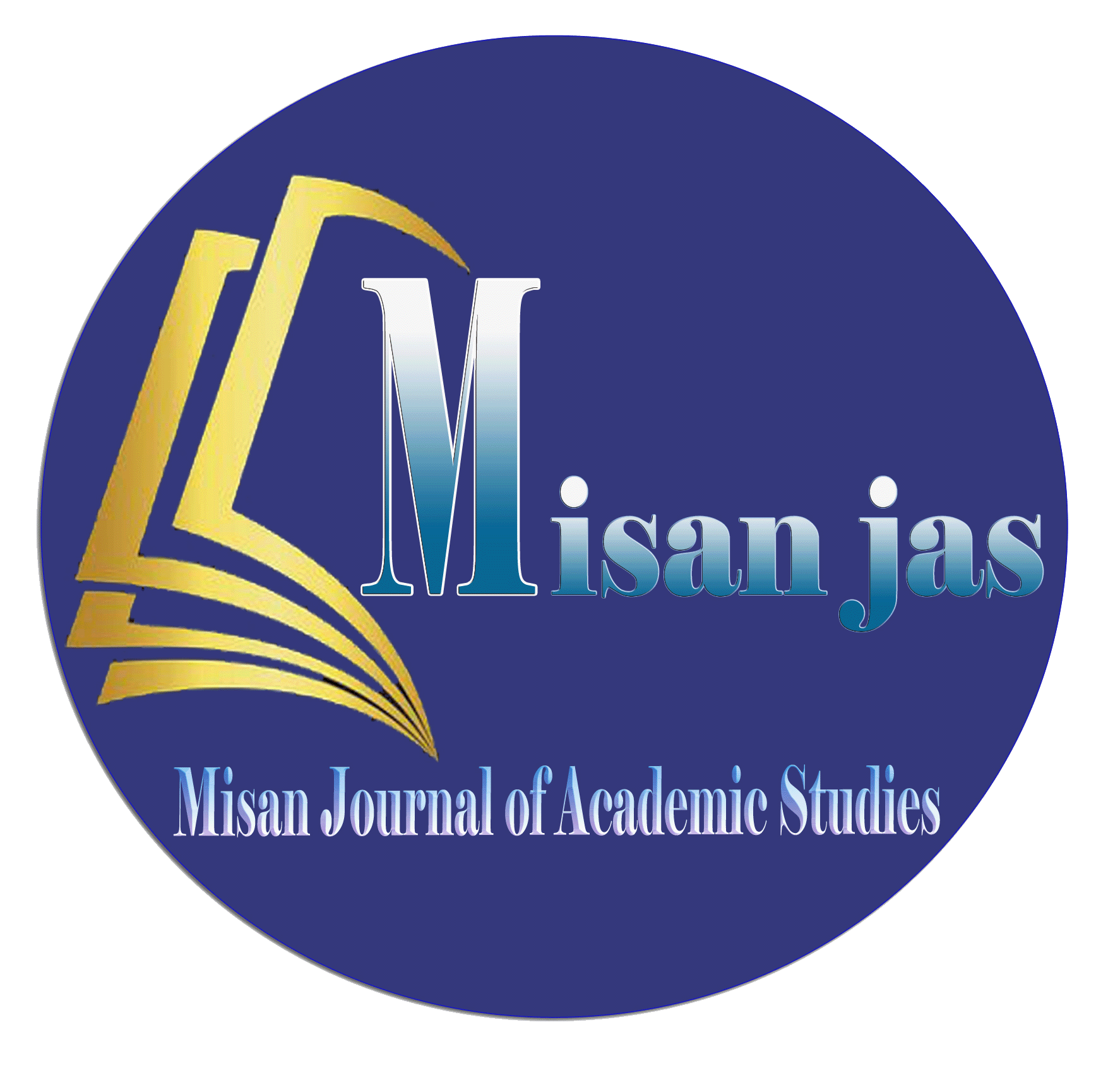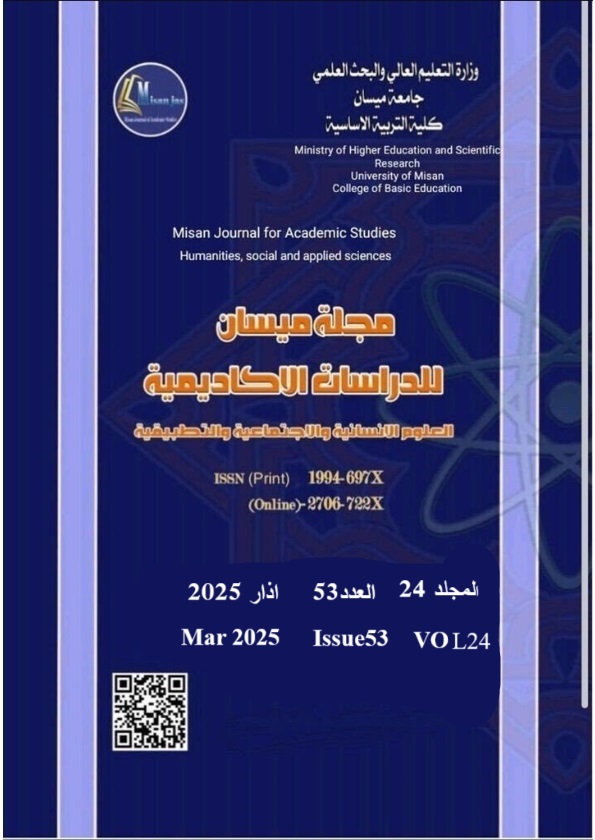Using A Genetic Algorithm to Solve the Inventory Model with A Practical Application
Abstract
The research aims to shed light on the Genetic Algorithm to improve traditional solutions and find the best policy for the problem of inventory with continuous review by finding the optimal reorder point and the optimal economic quantity to avoid the risk of stock out (shortage), reduce total costs, and reach the optimal solution with little time and effort. The research was conducted in the stores of the Department of Pharmacy of the Ninawa Health Department for the period from January 1, 2021, to January 1, 2023, on two types of diabetes drugs. An analysis of the demand data for the study sample was conducted using the statistical program (SPSS Statistics Version 22) to determine the type of inventory. It was found that the kind of inventory is Deterministic. On this basis, the mathematical model of the study problem was built, and given the complexity of the traditional solution steps, the solution steps were applied to the program (Winqsb.V2) and the model solution was reached. Additionally, the solution steps were programmed for the genetic algorithm and applied using the (R programming language (. The results of the genetic algorithm showed an improvement in the traditional solution results by reducing total costs. Based on the results of the genetic algorithm, the safety stock, reorder period, and safety period were found.
Downloads
Copyright (c) 2025 (Humanities, social and applied sciences) Misan Journal of Academic Studies

This work is licensed under a Creative Commons Attribution-NonCommercial-NoDerivatives 4.0 International License.
The copyright is also the copyright of the magazine only.
All articles published in our magazine are subject to license terms
Creative Commons Attribution(CC BY-NC-ND 4.0) This license permits the content to be reproduced, redistributed and reused in whole or in part for any purpose free of charge, without any permission from the author(s), researcher or student.
Works submitted to Maysan Journal of Academic Studies for publication in the journal (CC BY-NC-ND 4.0) license terms. Where available content can be shared, distributed and replicated provided there is no commercial profit and appropriate credit must be given to the original source through sources or citations. It is mandatory to review any material used from other sources including shapes, tables, and images for re-use under the terms of the Creative Commons License (CC BY-NC-ND 4.0).Provided that there is no modification to the original content



